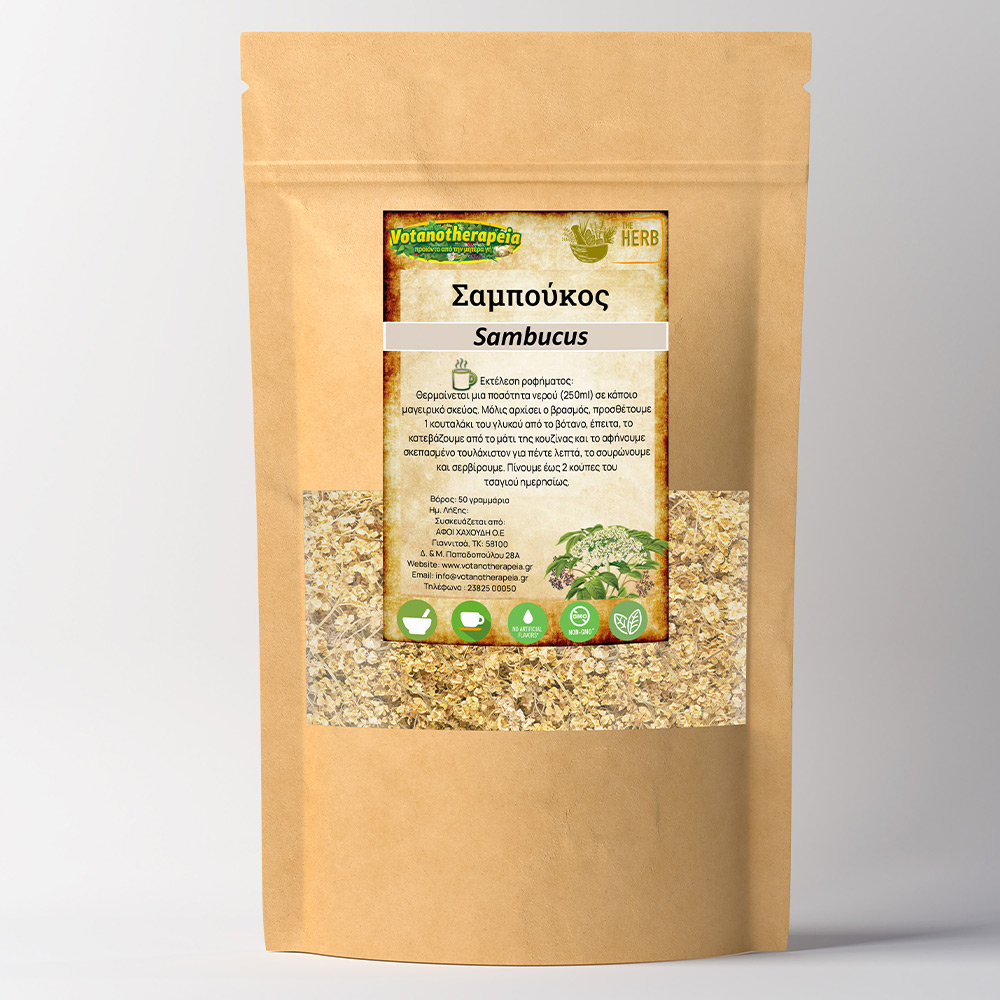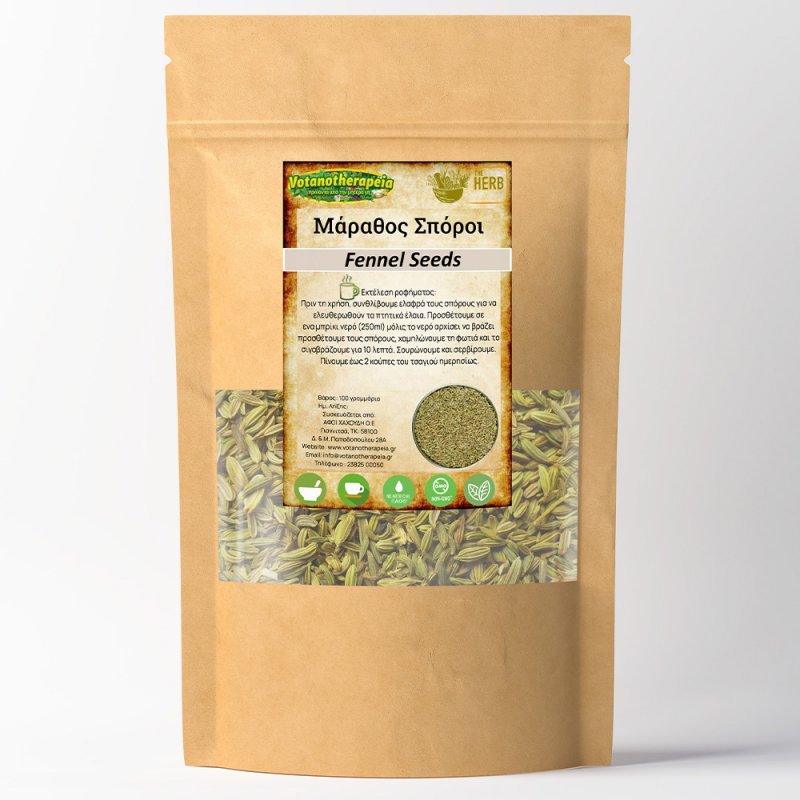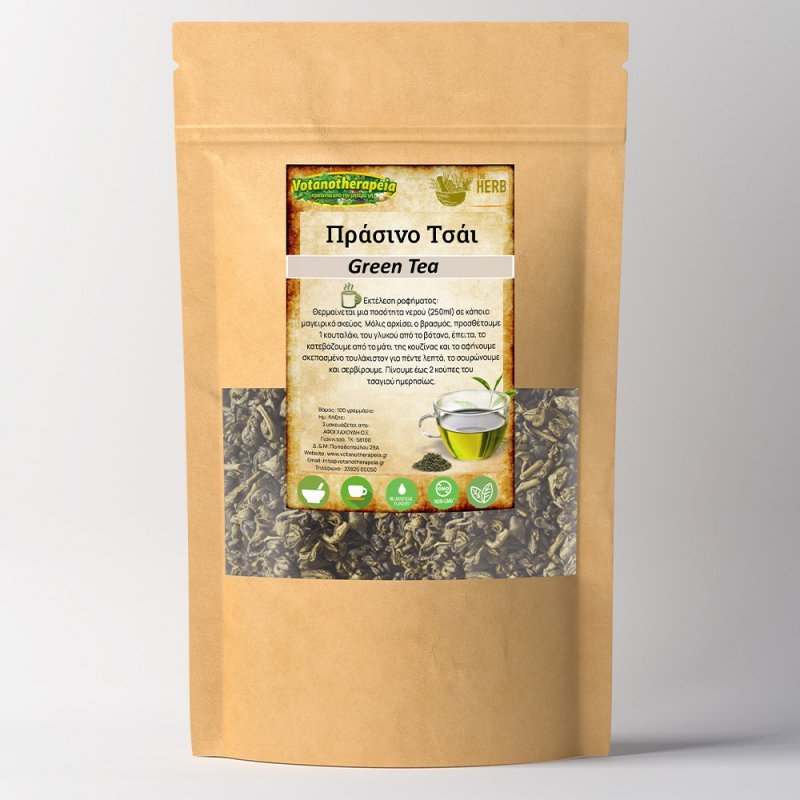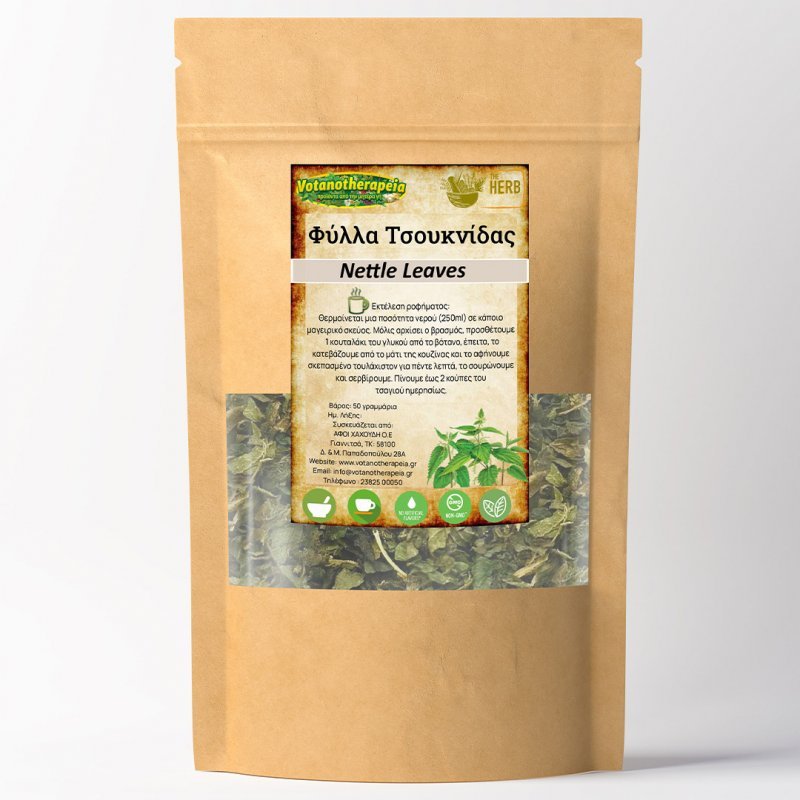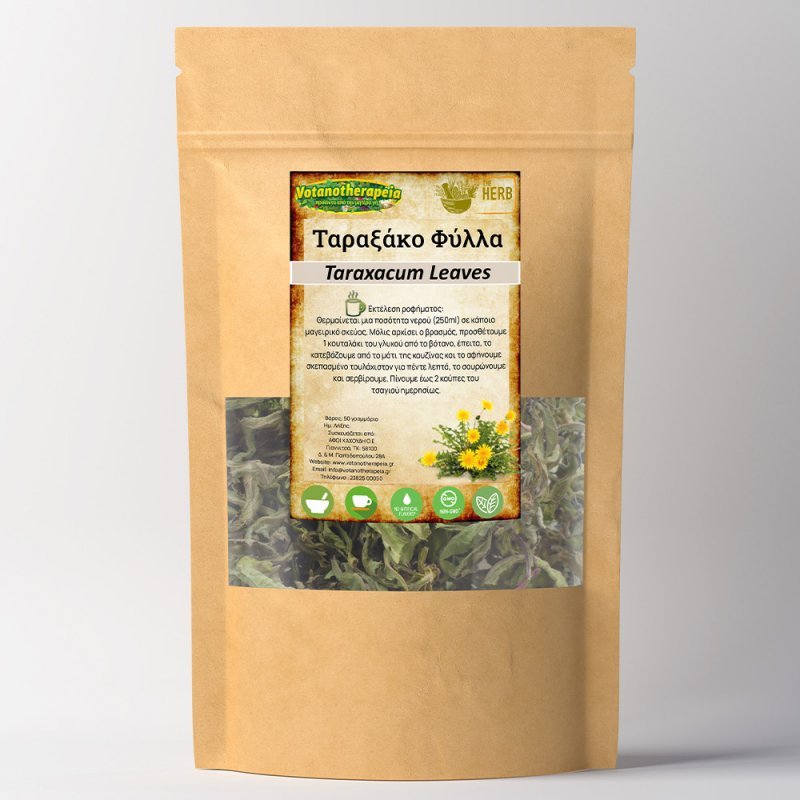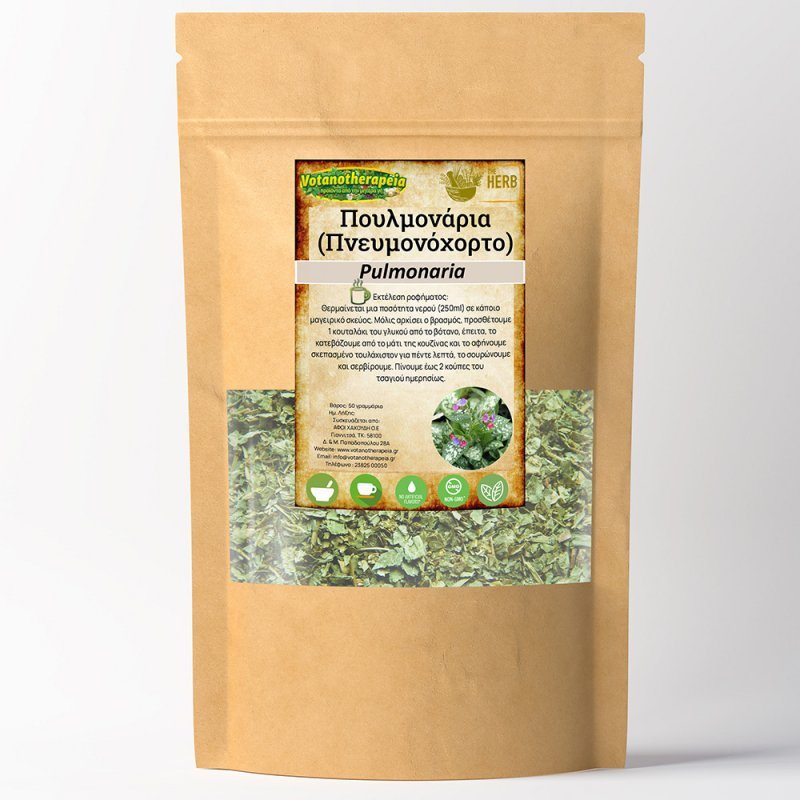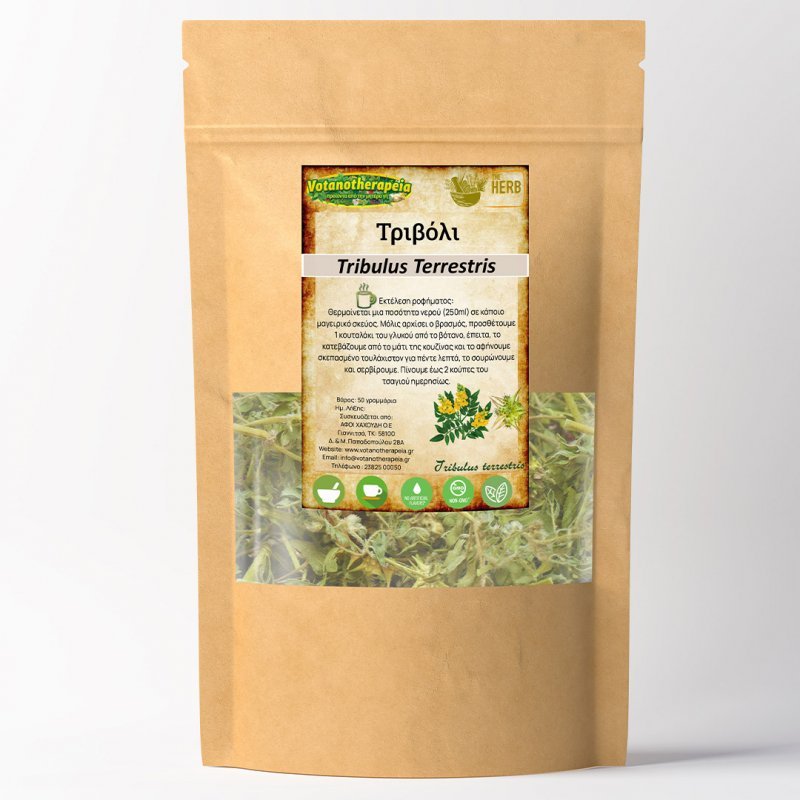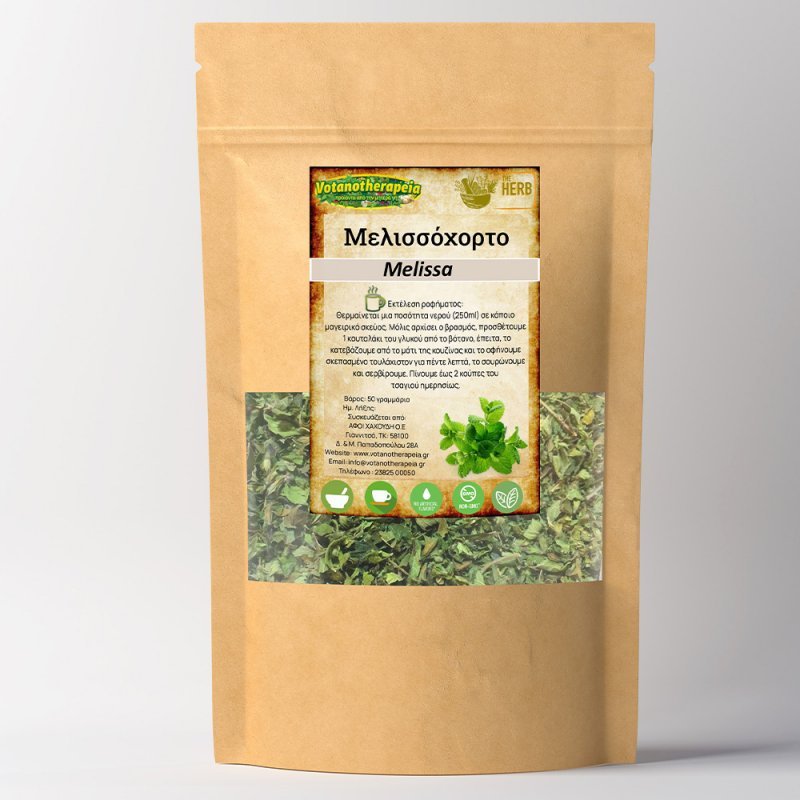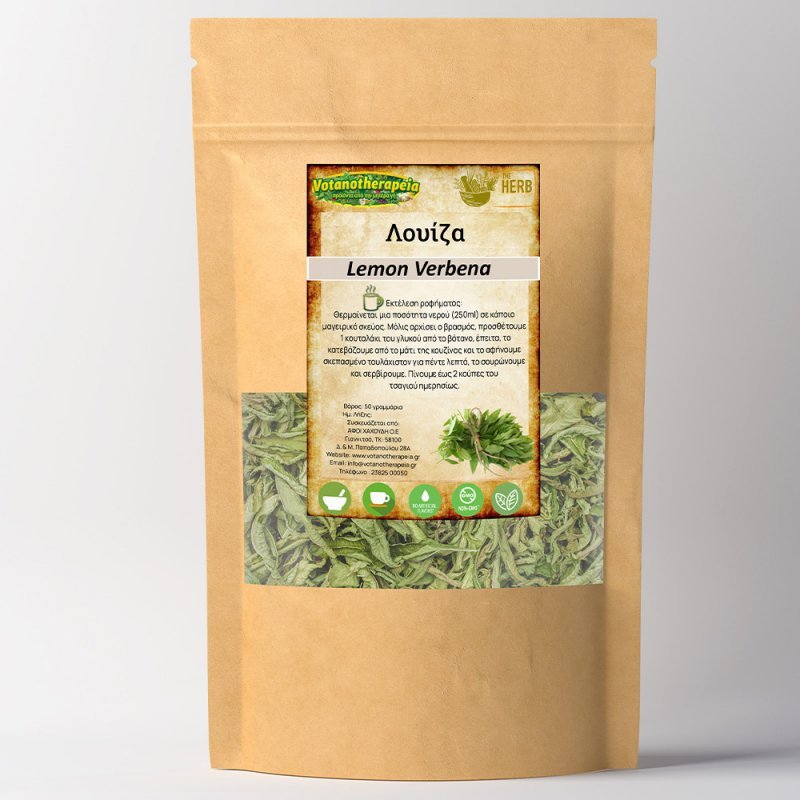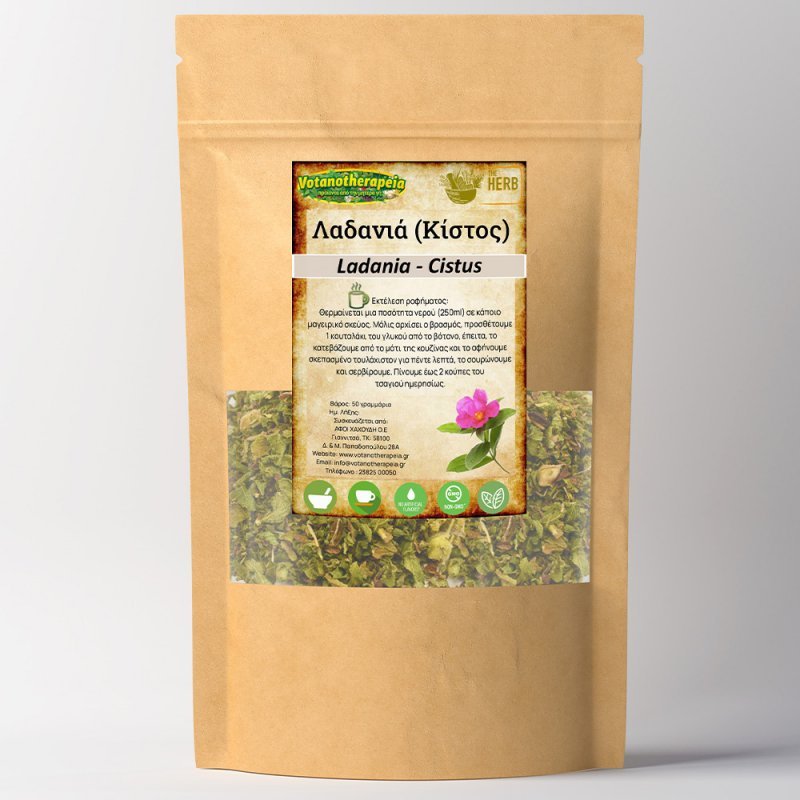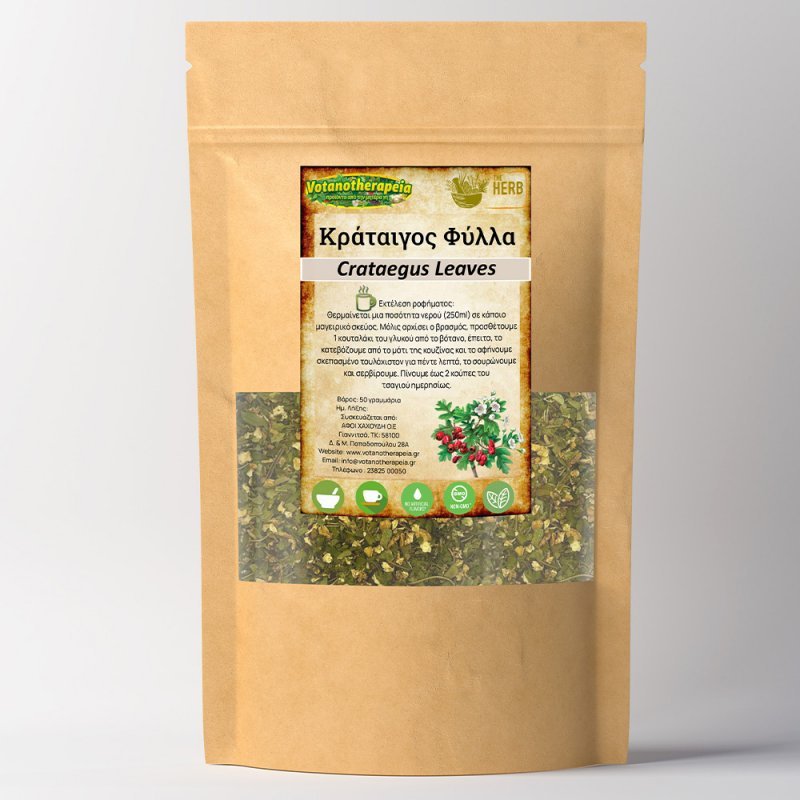In ancient times, elderberry was known as “Actaea,” and its healing properties were recognized by Hippocrates. Dioscorides also documented that its leaves were used to make tea, which was believed to help clear phlegm.
Its valuable components:
It is rich in vitamins A, B, C, calcium, potassium, phosphorus, amino acids, and a variety of phytochemicals (betulin, flavonoids, anthocyanins, glycosides, tannins, quercetin, rutin, and β-carotene). These phytochemicals, found in the flowers and fruit, have antioxidant properties.
How it benefits us:
Immune system: Thanks to the anthocyanins it contains, it helps strengthen the body’s defense. Additionally, it prevents the formation of free radicals, which, among other things, cause cell damage, thus contributing to the prevention of chronic diseases.
Respiratory system: It has expectorant properties and is used to treat respiratory conditions such as bronchitis and asthma.
Heart: Limited clinical trials have shown that elderberry may help reduce “bad” LDL cholesterol while increasing “good” HDL cholesterol, which is particularly beneficial for heart health.
Colds: It is used to alleviate cold symptoms. It relieves nasal congestion, reduces fever, and soothes headaches, sore throat, and cough.
Detoxification: Its phytochemical components have laxative and diuretic properties, which help eliminate toxins from the body.
Warnings
The information provided about the herbs and their properties is sourced from books, botanical texts, and research studies. It does not constitute medical advice or prescriptions in any way.
Consult your doctor if you are pregnant, breastfeeding, taking medication, or experiencing health issues.
- Origin Country :
- Within EU
- Net Weight :
- 50g
Bring 250ml of water to a boil and add 1 teaspoon of the herb’s root. Reduce the heat and let it simmer for 7–10 minutes. Remove from heat, cover, and let it steep for at least five minutes. Strain before serving. Enjoy up to 2 cups daily.
What is the recommended duration for taking herbs?
According to herbal studies and research, most herbs are recommended for use over a period of about one month. This means they can be taken daily and continuously for one month, followed by a break of approximately 7 days. These cycles of “treatment” can be repeated as often as deemed necessary, always including a 7 day break in between each cycle.
Payment Methods & Shipping Costs for Orders Delivered Within Greece (Courier Center & BOX NOW)
Free Shipping on Orders Over €60! For orders over €60, shipping and cash-on-delivery fees are completely free!
This offer applies only to deliveries within Greece.
1. Payment via Cash on Delivery (Courier Center)
For those who prefer to pay upon delivery, we offer a cash-on-delivery service via Courier Center:
Shipping Cost: €3.00 , Cash-on-Delivery Fee: +€1.50 The Total Cost: €4.50
For orders exceeding 2kg, an additional charge of +€1.00 per extra kilo applies. Cash on delivery is not available for BOX NOW.
2. Payment via Debit/Credit Card & IRIS Payment (Courier Center & BOX NOW)
For a secure and seamless checkout experience, you can pay via VIVA WALLET using:
Shipping Cost with Courier Center: €3.00. Shipping Cost with BOX NOW: €2.50. For orders exceeding 2kg, an additional +€1.00 per extra kilo applies to Courier Center shipments. With BOX NOW, the shipping cost remains fixed regardless of weight.
3. Payment via PayPal (Courier Center & BOX NOW)
Shipping Cost with Courier Center: €3.00. Shipping Cost with BOX NOW: €2.50. For orders exceeding 2kg, an additional +€1.00 per extra kilo applies to Courier Center shipments. With BOX NOW, the shipping cost remains fixed regardless of weight.
Shipping & Payment for Orders to Cyprus (Courier Center)
For orders shipped to Cyprus, we use Courier Center’s express air mail service for fast and tracked delivery: Shipping Cost: €15.00 (for orders up to 2kg) For each additional kilo: +€4.00 Estimated
Payment Options: Debit/Credit Card, IRIS Payments & PayPal
*Delivery Time: 1-4 business days (depending on product availability)
Shipping & Payment for Orders to the Rest of Europe (DHL Economy)
For international orders within Europe, we ship via DHL Economy for reliable and fast delivery: Estimated Delivery Time: 7-8 business days.
Payment Options: Debit/Credit Card, IRIS Payments & PayPal
To check your exact shipping cost, simply add your desired products to your cart, proceed to checkout, and select your country. Our system will automatically calculate the shipping fee based on the total weight of your order.
We ensure secure transactions, fast shipping, and premium service for all our customers!
Share your experience!
Write a review and significantly help other users! In order to review this product, having an account on our website is a prerequisite for submitting a review.



